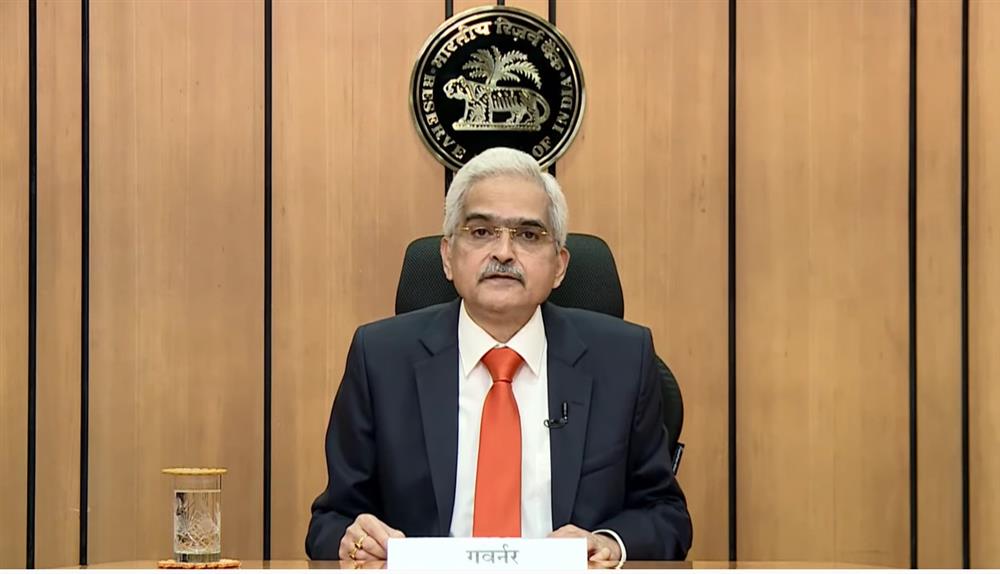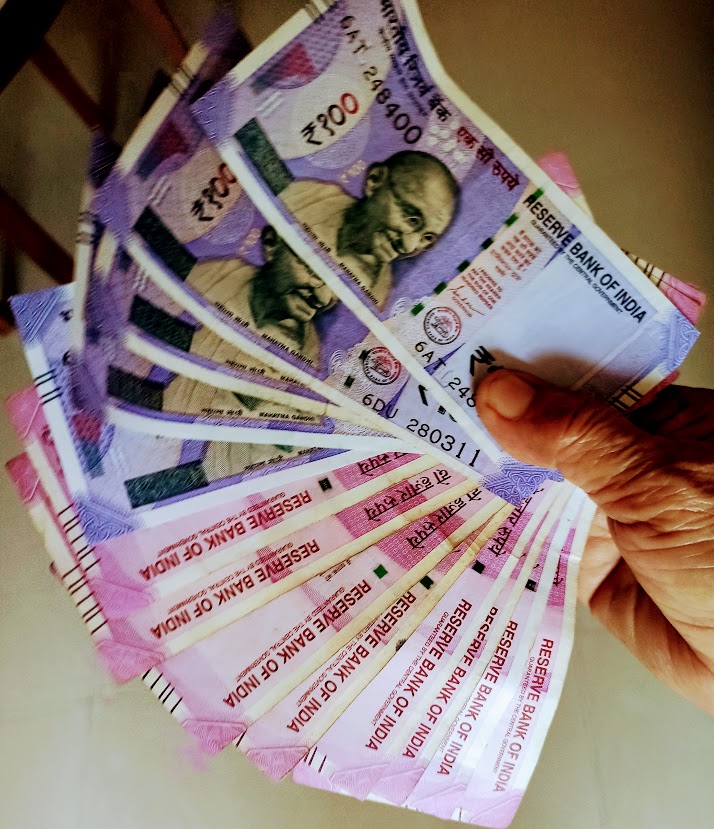The withdrawal of Rs 2,000 currency note is likely to be a non-event but it will have a favourable bearing on liquidity, bank deposits and interest rates, according to a study by State Bank of India (SBI).
Unlike demonetisation of 500 and 1,000 rupee notes in November 2016 which formed 86% of the currency in circulation, the withdrawal of Rs 2,000 notes will be much less in scale as it forms a small quantum of the total money in circulation. Besides, it will continue to be legal tender.
The SBI's research report 'Ecowrap' expects that almost the entire amount of Rs 3.6 lakh crore in the form of Rs 2,000 will come back (about Rs 3 lakh crore excluding the amount in currency chests) to the banking system.
Assuming that 10-15% of the total Rs 2,000 notes are in currency chests, then of the remaining Rs 3-lakh crore, if MPC (marginal propensity to consume) of 0.7% is assumed, about Rs 2-2.1 lakh crore would be spent by the consumers (either by direct purchase or by exchanging it with smaller denominations notes), the report said.
So, approximately Rs 1-lakh crore is destined deposits in banks. Moreover, balance of payment surplus in FY24 is expected to the tune of $1.5-2.0 billion, thus providing further liquidity support.
“Importantly, the transitory change in the liquidity would lead to decline in yields, more at the shorter end of the curve,” the report said.
The favorable position in Forward Premia and the range bound movement in US Dollar/Indian Rupee also indicates aggressive Dollar selling from the Mint street, preferably through sell/buy swaps in forwards, checkmating any unwarranted depreciation from these levels, the report added.
As per the report, there could be a fall of 25-30 basis points in the money market rates due to incremental deposits flow.
“This should lead to short end forward points collapsing which RBI may use to square off its existing short end positions,” the report said.
Ecowrap further said in digital payments, India has been witnessing new milestones, in both value and volume terms, which indicate the robustness of its payment ecosystem and acceptance by a wide stratum of consumers.
"If we look at the 'total digital payments' per cent of nominal GDP, it has increased to 767% in FY23 from 668% in FY16," it said.
The retail digital payments (excluding RTGS) as per cent of GDP reached 242% in FY23 from 129% in FY16.
Among all, UPI has emerged as the most popular and preferred payment mode in India pioneering Person to Person (P2P) as well as Person to Merchant (P2M) transactions in India accounting for about 73% of the total digital payments, the report said.
The volume of UPI transactions has increased multi-fold from 1.8 crore in FY17 to 8375 crore in FY23. The value of UPI transactions has also increased handsomely, from just Rs 6,947 crore to Rs 139 lakh crore during the same period, a jump of 2004 times.
The report further said currency in circulation has moderated to reach 12.4% of GDP in FY23, almost same level as 2015-16. The yearly growth in currency in circulation has also declined to 7.9% in FY23 from 16.6% in FY21.
The Rs 2,000 notes constitute around 10.8% of total currency in circulation or Rs 3.6 lakh crore. The notes can be exchanged or deposited till 30 September 2023.







